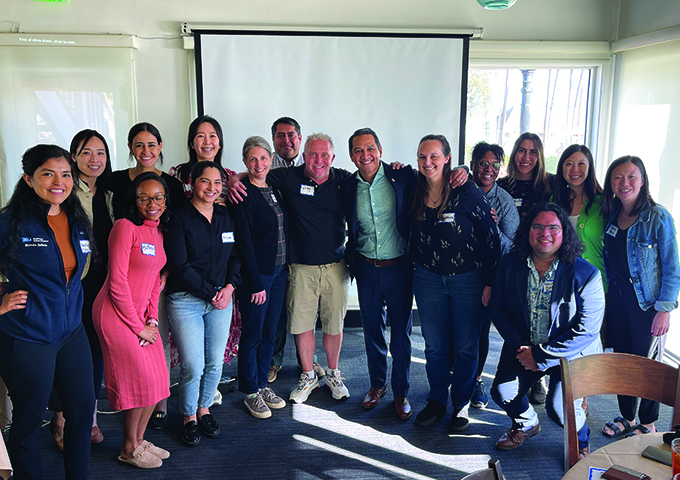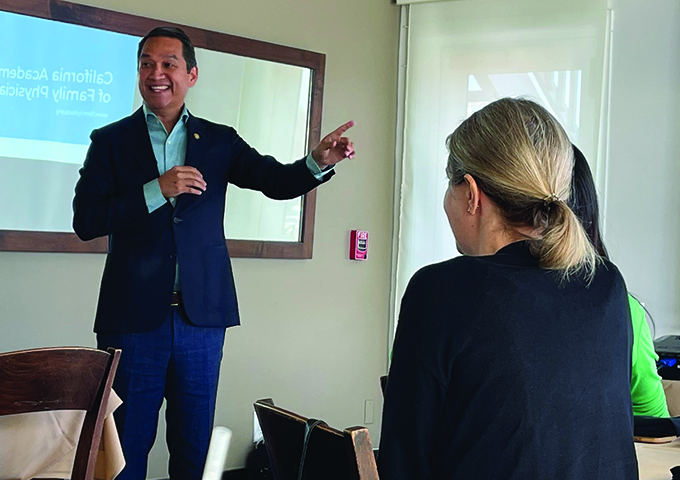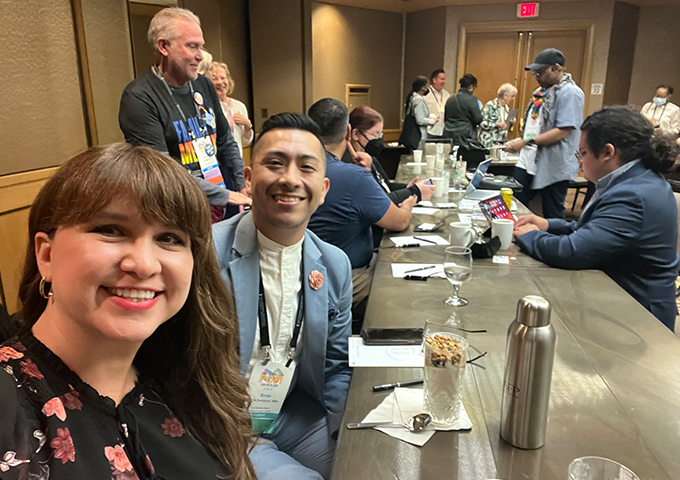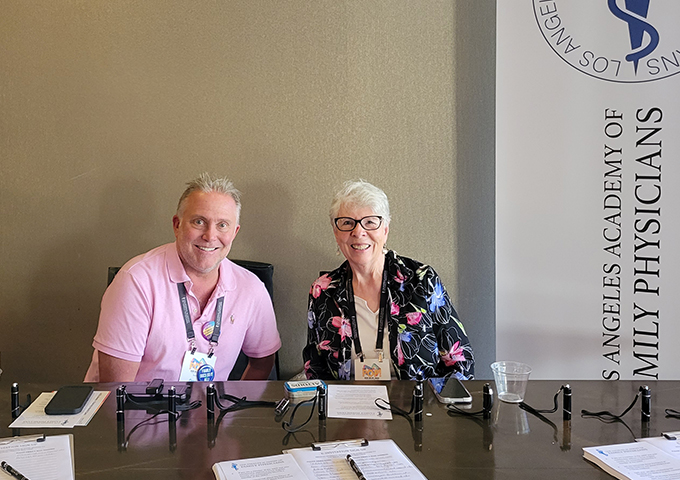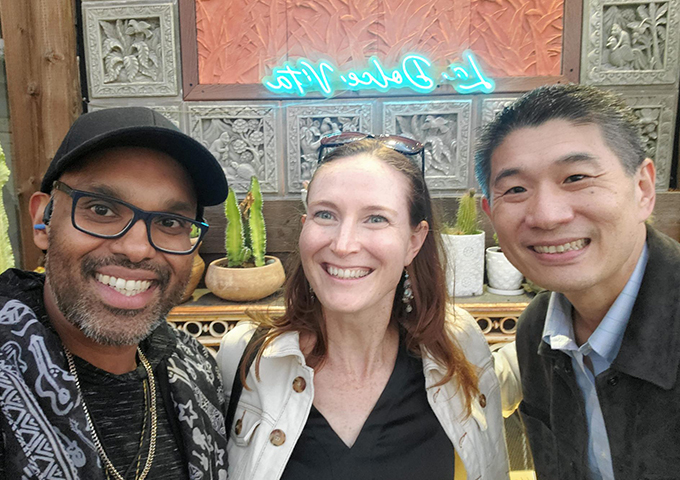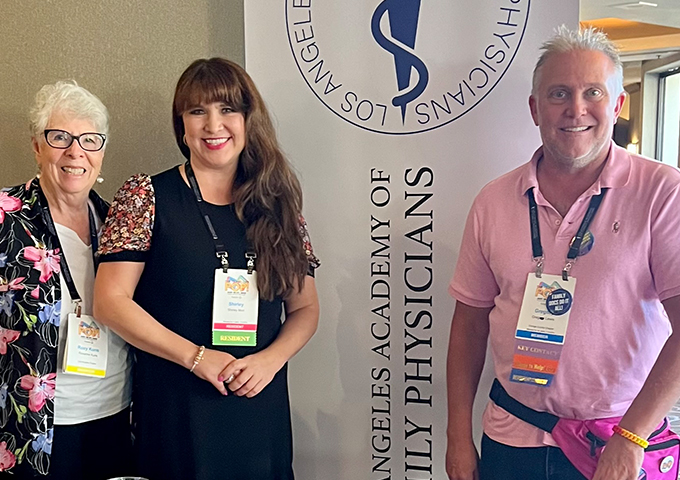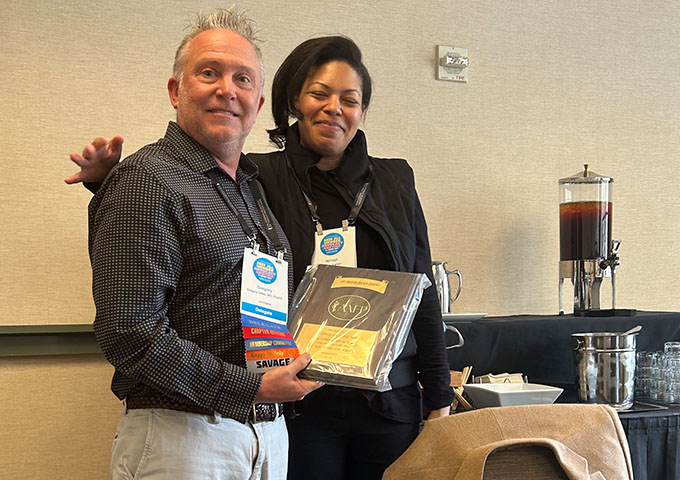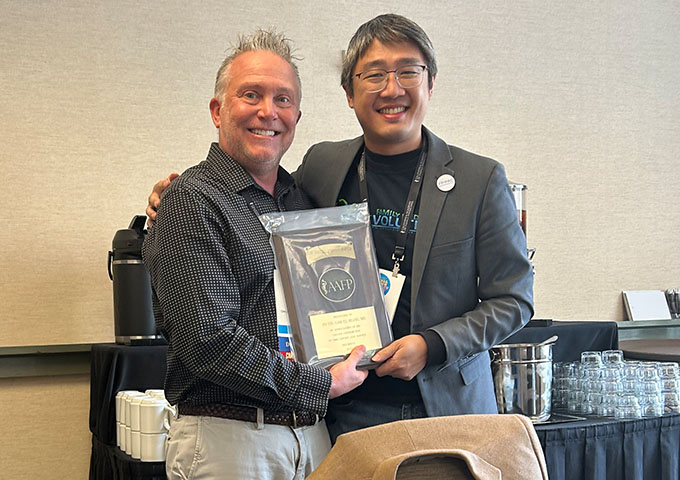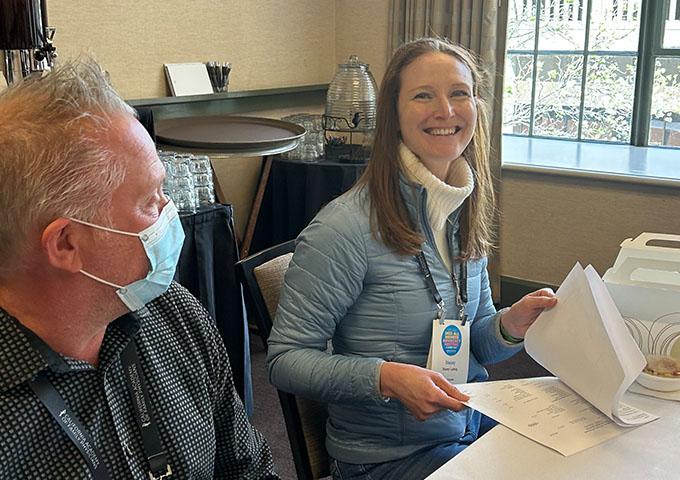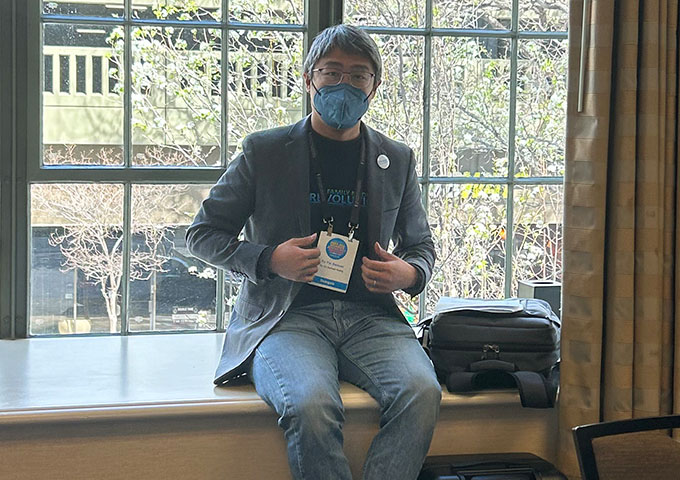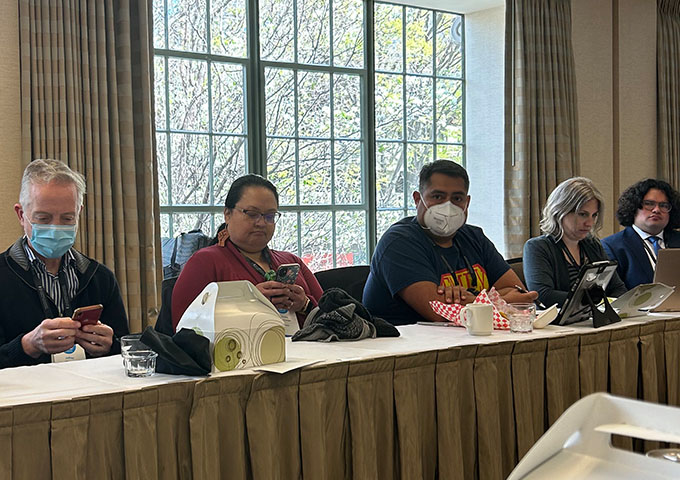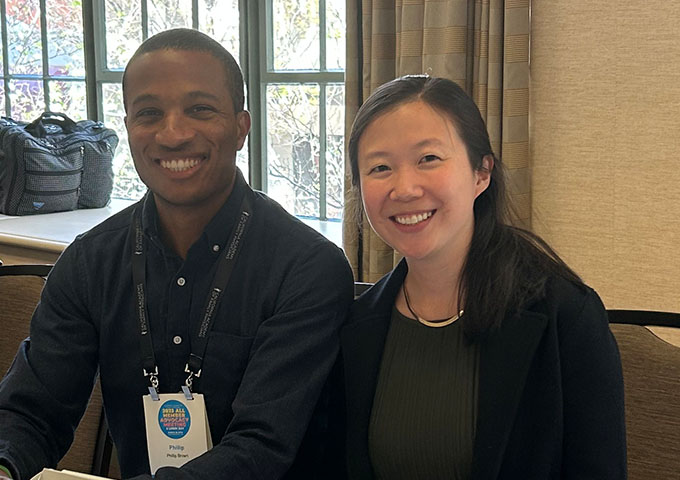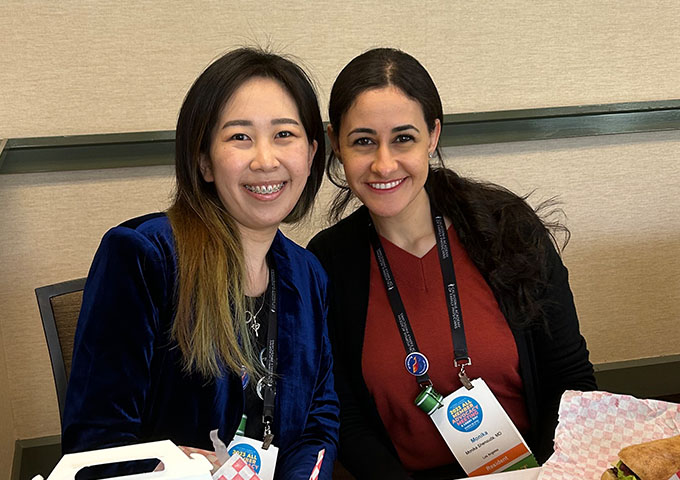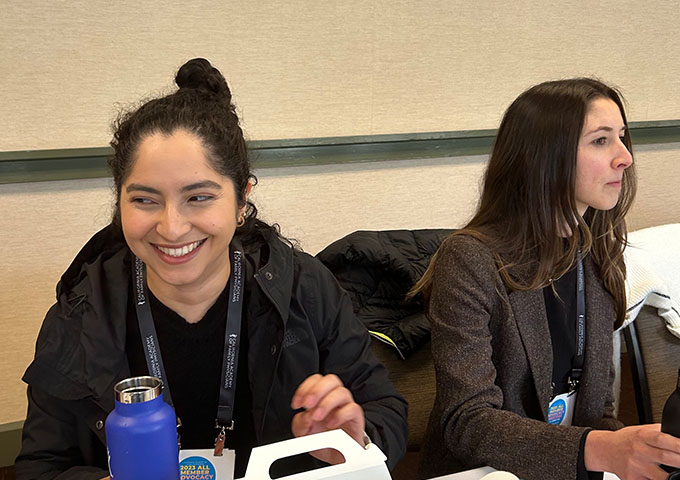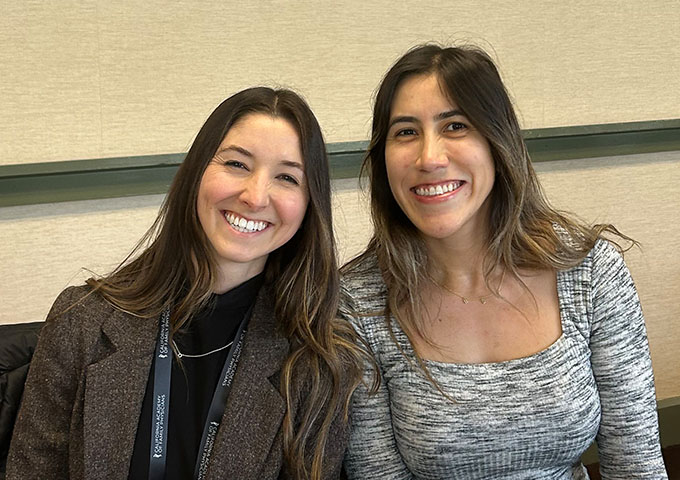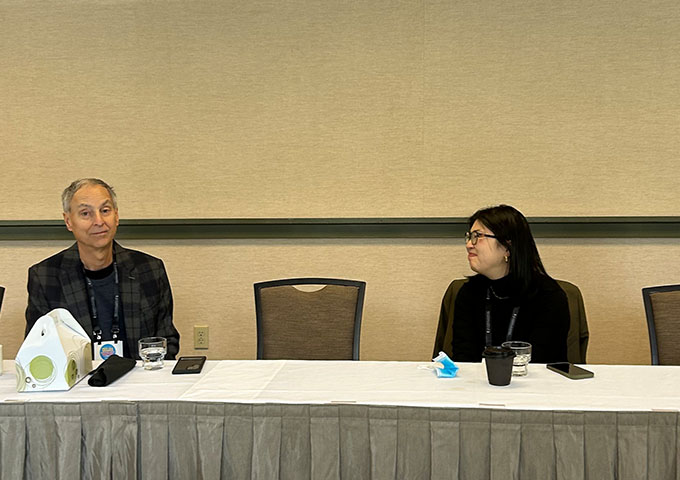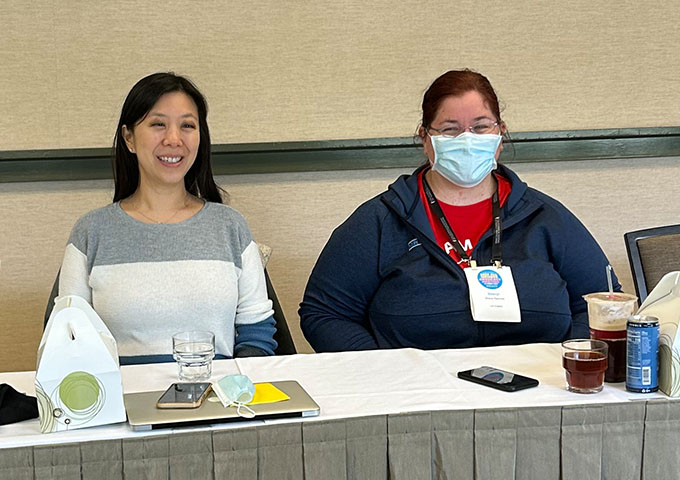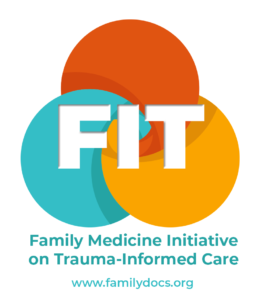Where’s My Doctor? Role Misidentification Against Female Physicians
“I haven’t seen a doctor in 2 days. Where’s my doctor?” a patient asked me as I entered the room. As the Inpatient Director and attending for our residency program, I was taken aback for many reasons. I calmly said, “I’m Dr. Chen, I saw you yesterday and I came with my senior resident at that time.” In the back of my brain, I started triaging the possibilities of why my patient had made this comment, just like I do in medicine thinking about differentials. Did my residents wake the patient up this morning to examine him? Most likely yes, I trusted my group and felt they were responsible and reliable. Did my residents run out of time due to an emergency and weren’t able to see the patient this morning? Possibly, last minute admits and critical care patients do require a lot of time and effort. Maybe the patient was sleeping so soundly that he forgot he was examined? Maybe, but who knows.
I listened to his symptoms, and we chatted pleasantly about the plan of care for the day. I returned to the resident room to discuss the patient’s comments with my team. My highly trusted senior resident noted that she rounded on the patient with the junior resident in the early hours of the morning, spoke with the patient and did a full physical exam. She noted that the patient had complained yesterday to her that he had not seen a doctor since admission. At that time, she kindly reminded him that she was Dr. X, one of the many doctors on his medical team taking care of him. It suddenly dawned on me that I was leading a team with all female physicians. Even though I did not want to believe the reality, I knew the little voice in the back of my brain triaging differentials whispering Maybe my patient didn’t think he saw a doctor for the last 2 days because I was female was true. Unfortunately, this experience is not a singular episode or even a unique one, but a widely shared encounter amongst my female physician colleagues.
For the last five years, women have comprised over half of medical school applicants and graduates, and are an increasingly larger percentage of physicians (AAMC 2023). Despite the greater prevalence female physicians have in medicine, role misidentification is one component of gender-based physician stereotypes that often occurs. A study of emergency medicine patients in 2019 showed that patients recognized male attendings as physicians 75% of the time, but only female attendings as physicians 58% of the time (Boge et. al 2019). Another study of residents across multiple specialties found that 100% of women were misidentified as nonphysicians at least once during their professional career, compared to 49% of men (Berwick et al. 2021). Xun et al. (2021) studied public perception of physician attire and found that male models were more likely to be perceived as physicians compared to female models when both were dressed in professional wear and white coats. The study also showed male models, regardless of what they were wearing underneath their white coats, were perceived as significantly more professional than the female models wearing similar attire (Xun et al. 2021). Females were more often thought to being technicians, physician assistants or nurses. As a response to being misidentified, female physicians may feel reduced self-confidence and self-efficacy, as well as less job satisfaction, which may contribute to burnout (Berwick et al. 2021). This phenomenon may also affect patient-physician relationships and patient dissatisfaction if the patient mistakenly believes that they have not seen a physician. In literature, suggestions to address this issue often focus on female physicians dressing more professionally, wearing white coats and clearly identifying their role to their patients. Unsurprisingly, even with all these interventions, I continue to be mis-identified as someone other than the doctor to this day.
In chatting with my colleagues, it is apparent that this issue is rooted in more than just the healthcare community. These gender-biased stereotypes and role misidentification likely resulted from historical trends seen in society and cultures that placed limitations on the female labor workforce to fill areas that males did not or were unable to occupy. Throughout the history of medicine, females were allowed in specialty areas that were considered lower status or areas that did not attract male physicians. Dr. Elizabeth Blackwell was the first female physician in the US who earned a medical degree. She graduated at the top of her class in 1849 despite facing discrimination and many obstacles in medical college. At the time, Dr. Blackwell was seen as a woman who did not conform to societal standards, and therefore was unpopular and discriminated against as a female physician. Consequently, she worked in the realm of midwifery or nursing, which ultimately led her to work in obstetrics and gynecology treating women and children. These trends may be why there are a greater percentage of female physicians compared to male physicians in Obstetrics and Gynecology and Pediatrics today. This may also be why female physicians are frequently thought to be nurses or other nonphysician hospital staff members.
Gender-based stereotypes and role misidentification against female physicians may be deeply rooted in our culture, society and medicine. Rather than putting the onus on female physicians, all healthcare workers and our communities should share the responsibility in addressing this multifaceted issue. Changing the collective mindset and norms require both men and women to be transparent and honest in their behaviors and actions, and actively participate in understanding components that contribute to conscious and unconscious biases. Leaders and executives should serve as strong advocates to help champion and support efforts around gender equality. This can help create a culture of inclusivity and set the standard for other organizations and medical institutions. Despite progress in promoting gender equality in medicine, there is still much to tackle. Biases will not change overnight, but we can start the conversations to increase advocacy and awareness of this issue. One might say What can I really do around this enormous problem? My answer is simple. I challenge you to ask your colleagues if they’ve ever been faced with gender biases in medicine. I guarantee that they have experienced some form of discrimination. These are tough conversations that we must have, but this small and concrete step may be the first of many that ultimately lead to lasting and effective change that transform our society and medicine. We may be surprised by what our dialogues reveal and never know where the insight may take us.
References:
AAMC. New AAMC Data on Diversity In Medical School Enrollment in 2023. December 2023. Retrieved from https://www.aamc.org/news/press-releases/new-aamc-data-diversity-medical-school-enrollment-2023#:~:text=Women%20comprised%2056.6%25%20of%20applicants,of%20these%20three%20distinct%20groups.
Berwick, Shana MS, MD; Calev, Hila MD; Matthews, Andrew MD; Mukhopadhyay, Amrita MD; Poole, Brian MD; Talan, Jordan MD; Hayes, Margaret M. MD; Smith, C. Christopher MD. Mistaken Identity: Frequency and Effects of Gender-Based Professional Misidentification of Resident Physicians. Academic Medicine 96(6):p 869-875, June 2021. | DOI: 10.1097/ACM.0000000000004060
Boge, LA, Santos, CD, Moreno-Walton, LA, Cubeddu, LX and Farcy, DA. Health Care Professional Roles in the Emergency Department. Journal of Women’s Health 28(7). https://www.liebertpub.com/doi/epub/10.1089/jwh.2018.7571
Laurie A. Boge, Carlos Dos Santos, Lisa A. Moreno-Walton, Luigi X. Cubeddu, and David A. Farcy.The Relationship Between Physician/Nurse Gender and Patients’ Correct Identification of Health Care Professional Roles in the Emergency Department.Journal of Women’s Health.Jul 2019.961-964.http://doi.org/10.1089/jwh.2018.7571
Xun H, Chen J, Sun AH, Jenny HE, Liang F, Steinberg JP. Public Perceptions of Physician Attire and Professionalism in the US. JAMA Netw Open. 2021;4(7):e2117779. doi:10.1001/jamanetworkopen.2021.17779





